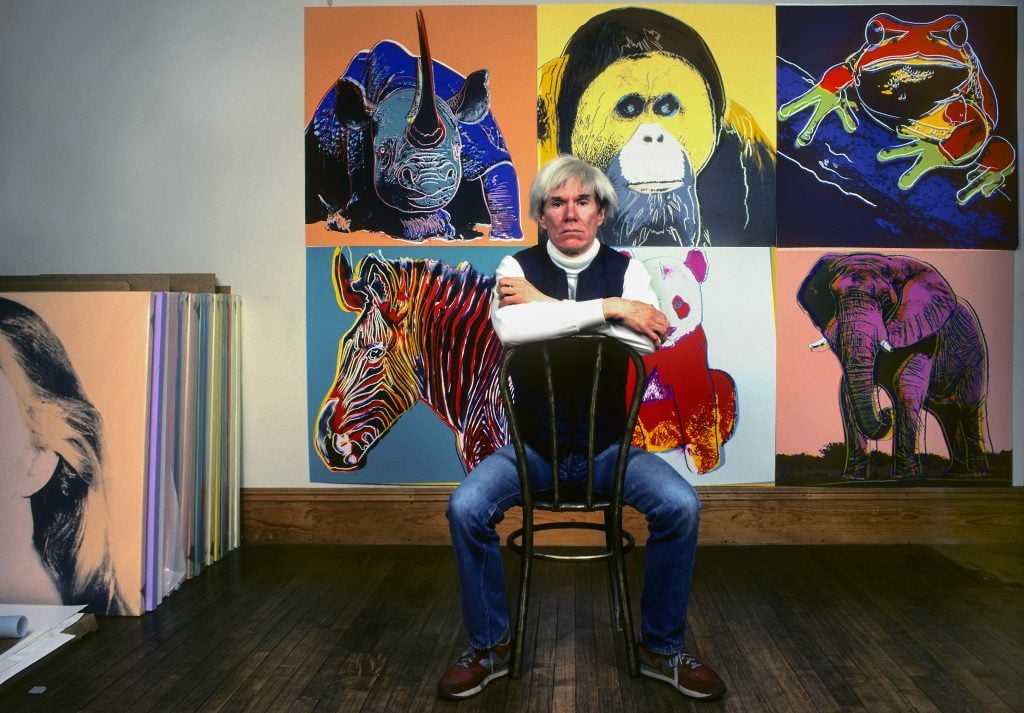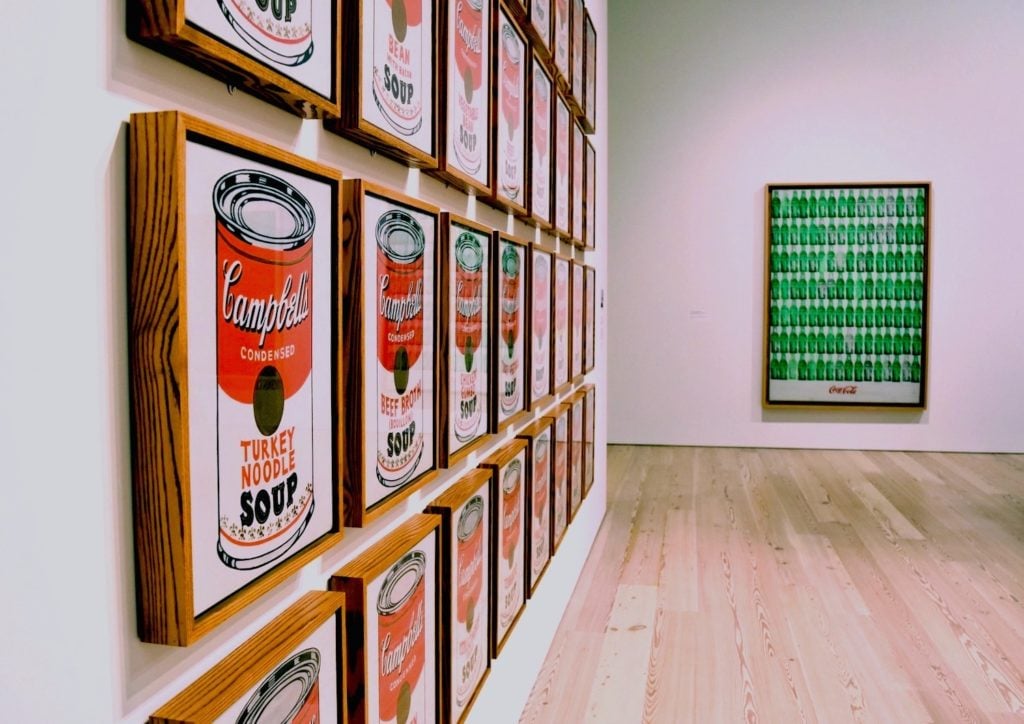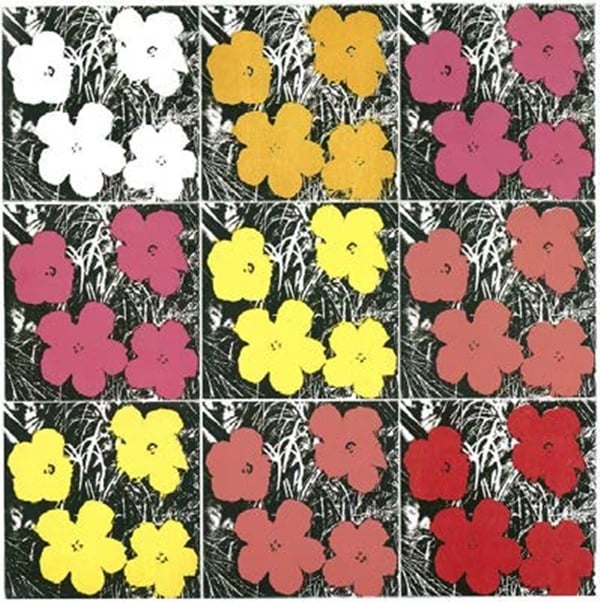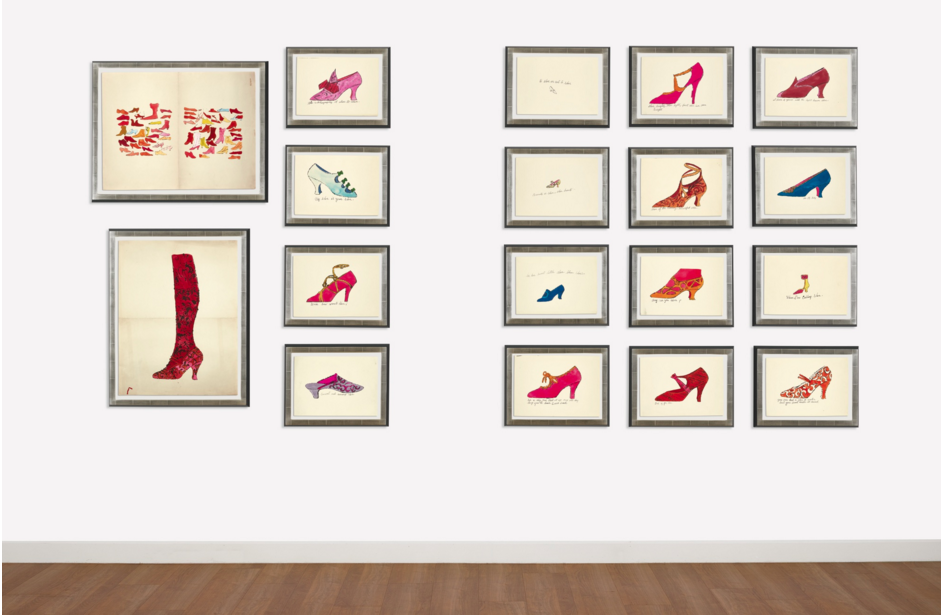Opinion
How Can I Tell If My Warhol Is Fake? Here Are Five Tell-Tale Clues, According to an Expert
Warhol expert Richard Polsky breaks down what you need to know about warning signs in the artist's many bodies of work.

Warhol expert Richard Polsky breaks down what you need to know about warning signs in the artist's many bodies of work.

Richard Polsky

Andy Warhol is one of the most famous artists of the modern era—which means he’s one of the most commonly faked, too. Thanks to the Pop artist’s mechanical photo-silkscreen technique, virtually anyone with a little training—and the right acetate—can learn how to make an Andy Warhol.
Some works come remarkably close to duplicating the real thing. It can be difficult to determine whether these convincing counterfeits were made for the creator’s own entertainment or to deceive the art market. It’s safe to say that if a work is signed, it was fabricated with deception in mind. Ahead of next year’s major Andy Warhol exhibition at Beijing’s UCCA Center for Contemporary Art—the largest in China’s history—authenticators like me anticipate seeing an uptick in forgeries.
If you come face to face with a Warhol, it behooves you to be informed. Having examined a number of purported Warhols over the years, I have identified five tell-tale clues that can help separate the real from the fake.
![Andy Warhol, Double Elvis [Ferus Type] (1963). Courtesy of Christie's Images Ltd.](https://news.artnet.com/app/news-upload/2019/05/double-elvis-new2-660x1024.jpg)
Andy Warhol, Double Elvis [Ferus Type] (1963). Courtesy of Christie’s Images Ltd.
One mistake Warhol counterfeiters often make relates to their silkscreening technique—and, specifically, their inability to recreate the original artist’s subtlety and nuance. Warhol intentionally varied the amount of ink he squeegeed through the silkscreen, which resulted in one-of-a-kind images, each with their own personality. Sometimes, Warhol used too much ink, resulting in a dark impression with less detail. On other occasions, he used too little ink, which created phantom-like forms. But even the genuine Warhol paintings that utilized “just the right amount” of ink have their own idiosyncrasies, like variations in the background color, which no forger can duplicate.

Andy Warhol, Four Marilyns (1962). Image: Courtesy of Christie’s.
The most commonly faked Andy Warhol prints are the “Marilyns,” by far. Collectors should make sure any print of Marilyn Monroe they are considering has a traceable provenance. They should also be aware of the wide variances in how this series was signed and numbered on the back. We have discovered fake signatures (both in pencil and ballpoint pen). We have also seen discrepancies in the rubber stamp fonts used to number each print. Although forgers always get the edition size correct (250), they often stumble over the hand-drawn “slash” used to separate the individual number of the print from the edition size.

Installation view of “Andy Warhol: From A to B and Back Again.” Image courtesy Ben Davis.
A major problem with Warhol’s classic prints series (the “Flowers,” “Campbell’s Soup Cans,” and “Electric Chairs”) is that some of the originals have faded. While they’re still genuine, they’re worth considerably less money than those in mint condition. There are now print shops that have figured out how to re-screen these prints. But this misguided attempt at “refreshing” the image essentially makes it no longer an original—and instead renders it virtually worthless.

Andy Warhol, 9 Flowers (1965). Image courtesy of Phillips.
The most commonly counterfeited Andy Warhol paintings are the Maos, Flowers, and Electric Chairs. More recently, fake Mick Jagger paintings have also been making the rounds. These are frequently “lifted” from the print Mick Jagger “11.43” (as it is listed in the Warhol Prints Catalogue Raisonné) and transferred to canvas. Warhol did only eight Mick Jagger paintings. We were actually once shown a painting that featured this image and included signatures on the back of celebrities that hung out with Andy at Studio 54: Michael Jackson, Liza Minnelli, John Lennon, Sylvester Stallone, and… Donald Trump!

Andy Warhol shoe illustrations. Photo: Sotheby’s.
When it comes to Andy Warhol’s drawings, those who enjoy searching eBay are likely to come across a preponderance of fakes from the artist’s pre-Pop period, when he worked as an illustrator. In particular, collectors should beware of fake works from the “Shoes” series. Almost all of the ones offered online are fake. It’s relatively easy to make a black and white laser print of a shoe drawing and then hand-color it with watercolor. The second most targeted body of work by forgers are the hand-colored “Cats.” As for Warhol’s later drawings, the biggest problem is with the “Mickey Mouse” series. Here, you frequently see drawings done with Sharpies on cloth napkins and handkerchiefs. Genuine Mickey Mouse drawings were done with graphite, on high-quality paper, and utilized Warhol’s “overhead projector” tracing technique.
To sum up: Those who are serious about collecting Andy Warhol paintings and prints should invest in copies of the Andy Warhol Catalogue Raisonné for Paintings and Sculpture 1961–1978 (the publication is ongoing and will eventually include all work through 1987) and the Andy Warhol Catalogue Raisonné for Prints 1962–1987.
In addition, the most obvious yet crucial factor is to know who you’re dealing with. Buying Warhols from either eBay or obscure online auction sites is a major mistake. For some reason, people who otherwise are intelligent often believe they possess a sixth sense that enables them to spot a bargain. Having spent the past five years authenticating Andy Warhol’s work, I can tell you with great confidence that there’s no such thing.
Richard Polsky is the owner of Richard Polsky Art Authentication, which specializes in authenticating the work of seven artists: Andy Warhol, Jean-Michel Basquiat, Keith Haring, Roy Lichtenstein, Jackson Pollock, Georgia O’Keeffe, and Bill Traylor.